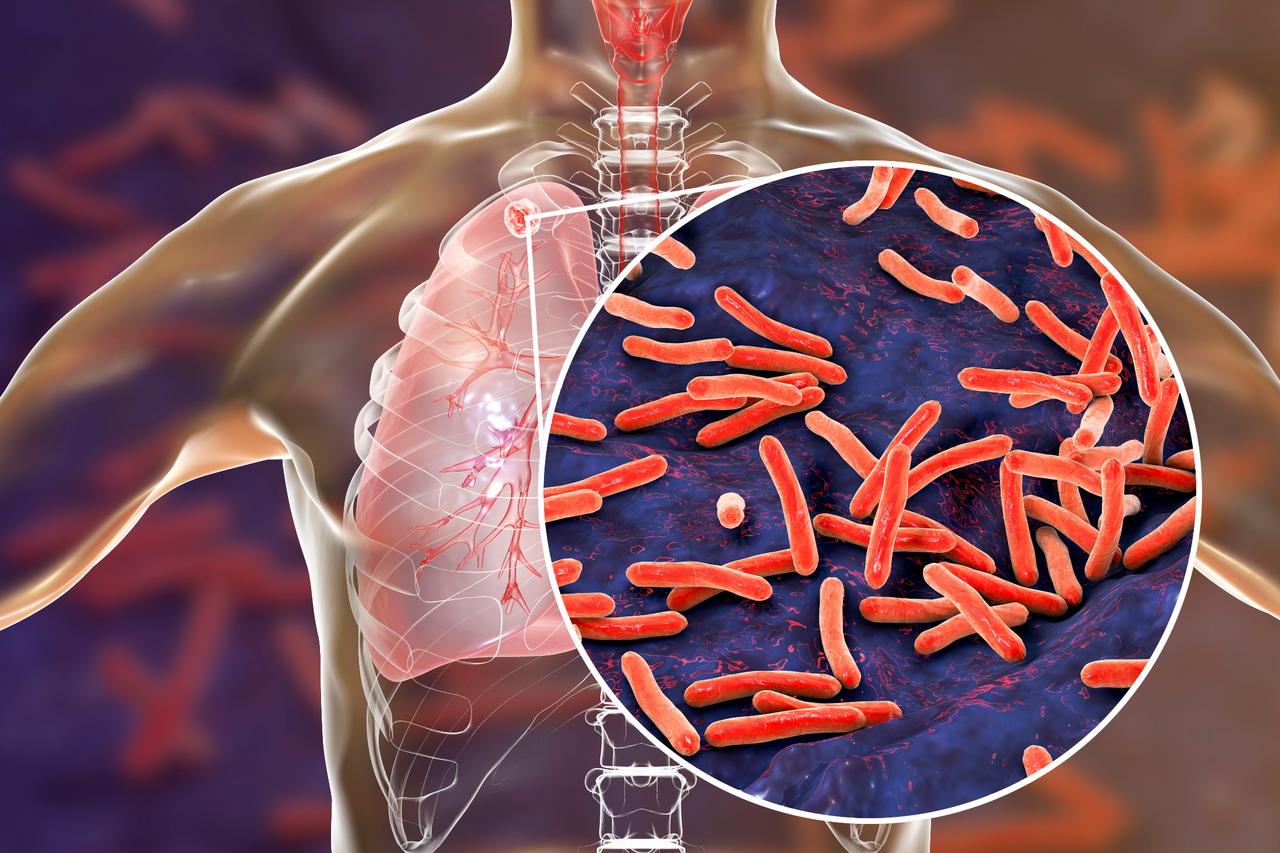
Tuberculosis (TB), a bacterial lung disease that is preventable and curable, remained “one of the world’s deadliest infectious killers” last year, claiming more than 1.2 million lives and affecting an estimated 10.7 million people, the World Health Organization (WHO) said in its Global Tuberculosis Report 2025.
While the burden is easing, the WHO cautioned that flatlined financing and unequal access to care could stall or even undo recent progress.
Between 2023 and 2024, global TB infections fell by nearly 2% and deaths dropped by 3%, reflecting the recovery of essential health services after the COVID-19 pandemic.
WHO Director-General Tedros Adhanom Ghebreyesus welcomed the trend but warned against complacency, saying: “Declines in the global burden of TB, and progress in testing, treatment, social protection and research are all welcome news after years of setbacks, but progress is not victory.” He added: “The fact that TB continues to claim over a million lives each year, despite being preventable and curable, is simply unconscionable.”
Since 2015, the African region recorded a 28% fall in TB incidence (new cases over a period) and a 46% reduction in deaths. The European region posted even steeper declines, with incidence down 39% and deaths down 49%.
Over the same period, more than 100 countries achieved at least a 20% reduction in incidence, and 65 countries cut TB-related deaths by 35% or more.
Despite those gains, 87% of new TB cases in 2024 were concentrated in 30 countries.
Eight of them—including India, Indonesia and the Philippines—accounted for more than two-thirds of global cases.
In 2024, 8.3 million people were newly diagnosed with TB and accessed treatment, covering about 78% of those who fell ill that year. Use of rapid diagnostic tests rose from 48% in 2023 to 54% in 2024, signalling better case detection but still leaving large numbers without timely confirmation.
WHO identified financing as the biggest obstacle. Only $5.9 billion was available for prevention, diagnosis and treatment in 2024—roughly a quarter of the $22 billion annual target set for 2027.
Modelling in the report warned that long-term cuts to international aid could lead to 2 million additional deaths and 10 million new infections by 2035.
Tereza Kasaeva, who leads WHO’s Department for HIV, TB, Hepatitis and STIs, described the moment as pivotal. “We are at a defining moment in the fight against TB,” she said, noting that funding cuts and persistent drivers of the epidemic risk reversing advances. She argued that with sustained political commitment, increased domestic investment and intensified research, countries can “turn the tide and end this ancient killer once and for all.”